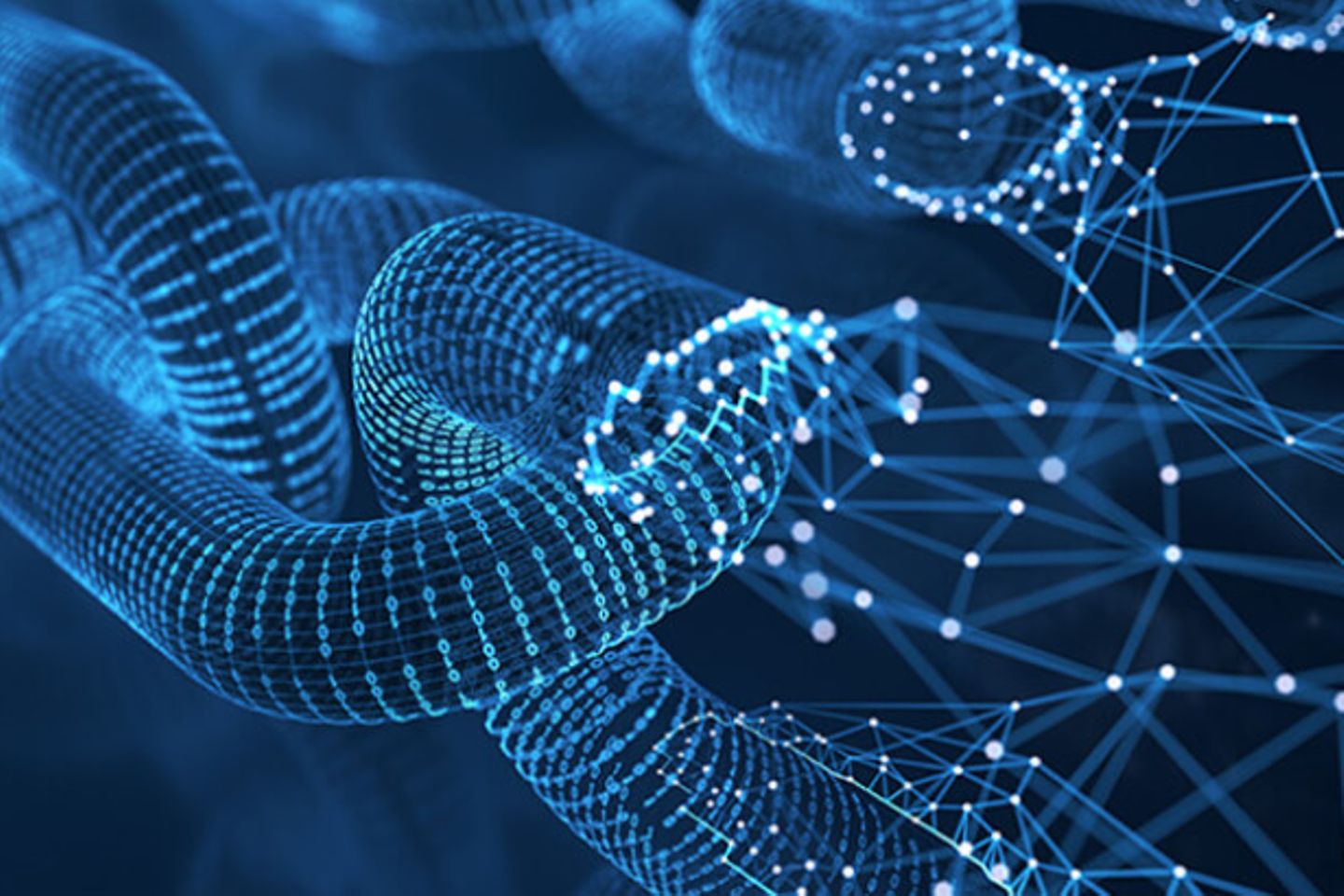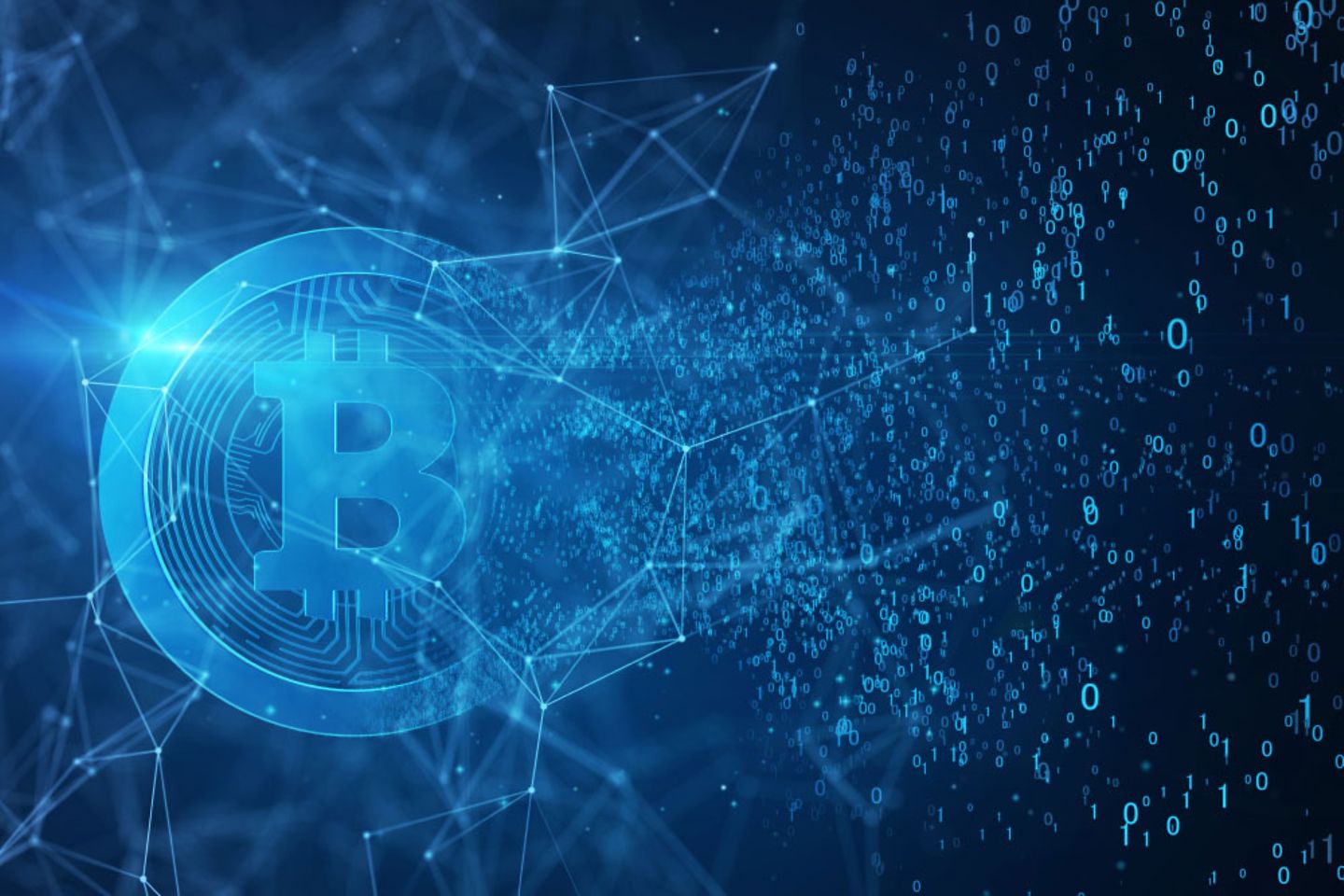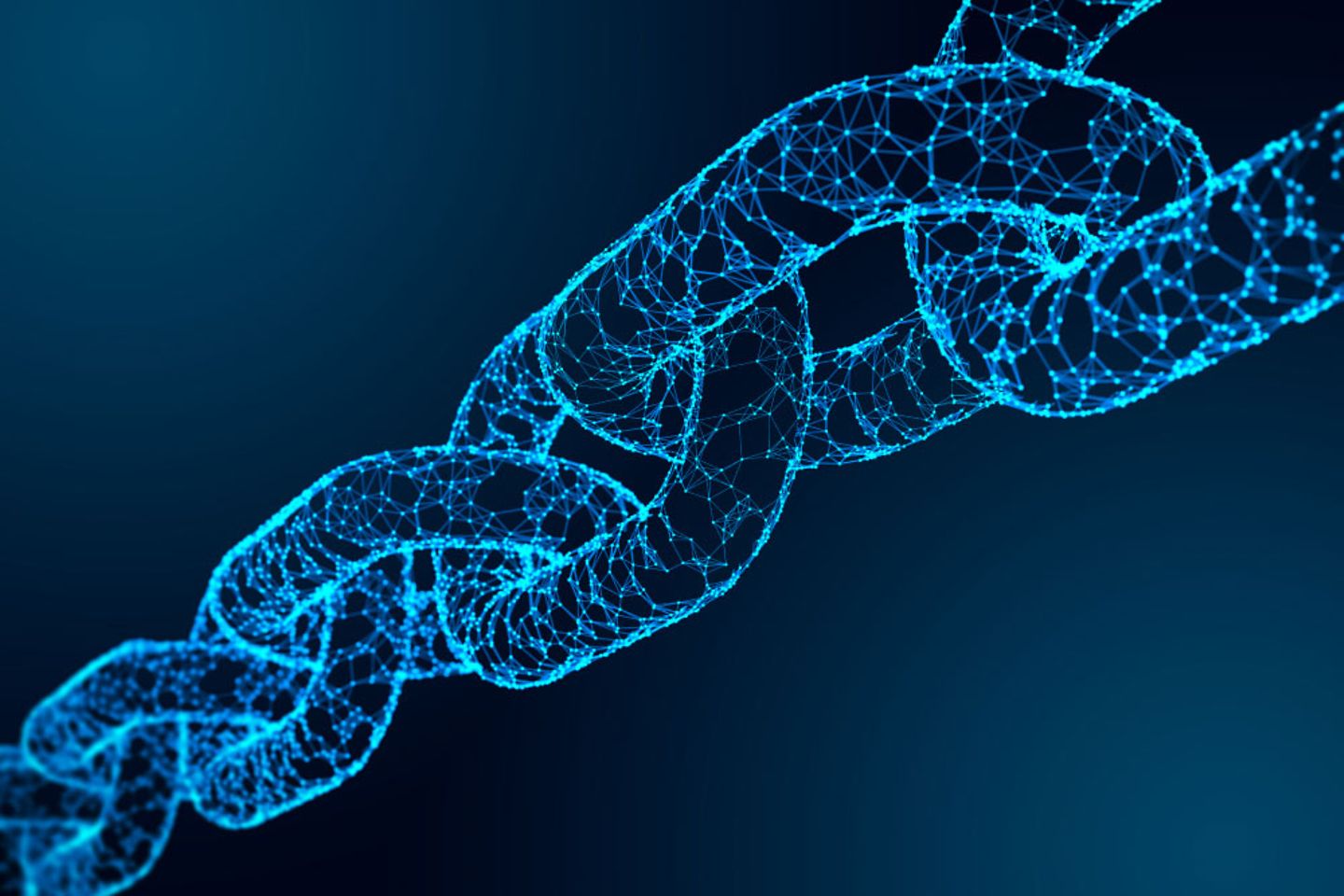
Blockchain is having a hard time. While the market for the technology has developed into a multi-billion-dollar domain, many still equate it with cryptocurrency. The reason behind this is that understanding how blockchain works is not straightforward. In addition, there are a lack of palpable use cases that go beyond niche applications. This could change, thanks to the Supply Chain Act and the global boom in cloud data centers.

Let's be honest, if we were to survey people on the street about blockchain, the results would probably be disheartening. My prediction: while most people would assert that they had heard of the term, few would be able to explain it. And, if asked for the context in which they were familiar with the term, the answer would be bitcoin and other cryptocurrencies. After all, only very few people are aware of the areas in which this technology could soon be used or is already being used. Even blockchain studies themselves are contributing to this gap in knowledge, since the majority are focused on the financial services sector. Banks, insurers, and asset managers have been surveyed about digital assets and even studies and white papers with a focus on cryptocurrencies, payment traffic, and capital market trading have been produced. No surprise then, that other sectors are struggling to come to grips with this topic.
While Bitcoin or Ether are nothing more than digital currencies that are fully equivalent to physical banknotes in the real world, NFTs are one-of-a-kind digital specimens with unique characteristics. They could serve as the foundation for a new, blockchain-based, digital economy. In principle, NFTs can be compared with paintings, which are unique and, as opposed to Bitcoins, cannot be so easily exchanged. If there is great interest in a work of art, the value of the NFT also increases. This makes the token a desirable commodity to do trade with.
Before blockchain, it was virtually impossible to demonstrate the genuine nature and uniqueness of an immaterial asset. Thanks to blockchain technology, entries and transactions are immutable, which makes ownership of an NFT secure and verifiable. Consequently, the origin and complete ownership history are forever stored on the blockchain. The resulting practical applications considerably exceed the use of the technology to facilitate cryptocurrency.
At its core, the blockchain is therefore a distributed, digital logbook for data. While conventional databases store information centrally, it is used in a completely decentralized manner. Rather than a central administrator managing a database in one place, there are many identical copies of a blockchain database on multiple computers distributed across a network. These individual computers are referred to as "nodes." New "blocks" of data are regularly added to such a blockchain. All nodes are updated automatically in the process so that they remain identical. The way these new blocks are created is key to why the chain is considered extremely secure. The majority of nodes must verify and confirm the legitimacy of the new data before a new block can be added to the main log. This is different from a central database, where one person can make changes without oversight.
There are several current developments that could change things. In January 2023, the Supply Chain Act (LkSG) comes into effect. Data volumes will increase many times over in the coming years. All of a sudden, cloud data centers are materializing all across the globe; these will only be profitable if their enormous data capacities are actually being used. Why could the Supply Chain Act have an impact on blockchain use? Blockchain technology could simultaneously solve the problems of both legislators and manufacturing industries. How are auditors supposed to know if the evidence of company due diligence required by the Supply Chain Act is genuine? And how can companies record data along the entire production and supply chain from raw materials up to the final product? Blockchain could be the solution to these problems, moving considerably further into the limelight in the process.

Blockchain databases are particularly suited to supply chains, because supply chains process huge volumes of data. Complex products, for which raw materials and component parts are transported across the globe, generate enormous data volumes in particular. When IoT solutions eventually generate even more data, data volumes will increase exponentially. What does this mean for the Supply Chain Act? If conventional centralized data storage methods are used, it will become prohibitively expensive to retroactively determine which supplier delivered which goods, how they were produced and using which ingredients. If, however, all producers and suppliers of intermediate goods write data to the blockchain in a tamper-proof manner, information can be precisely recorded and traced, for example, for groceries from their harvest to their sale in a store. Data in such a blockchain are tamper proof, since for each faked piece of data, every node would have to be hacked and every logbook changed. This ensures comprehensive transparency along the entire supply chain. And voilà – the complex tracking of all data is made considerably simpler and the requirements of the Supply Chain Act can be complied with.
The use of blockchain in the supply chain also benefits end consumers. One example of this is green farming. How can someone purchasing an organic apple check whether the apple was genuinely produced in a "green" way Through the interplay of cloud, IoT data, and blockchain databases, in which the entire production and supply chain is made transparent – from cultivation to sale, right through to the consumer. This creates a logbook for the plants. A blockchain database provides all the information compiled about the apple. The consumer can retrieve information on when and how the apple was produced and harvested by scanning a QR code. This builds trust with growers through evidence of the use of plant protection products or organic certifications; with logistics companies through punctual delivery, undamaged goods, and smooth-flowing cold chains; and with consumers through digital transparency and quick traceability of foodstuffs.
There are also futuristic use cases in the cloud segment. Blockchain technology can be used to increase the utilization of data centers. And their operators will only earn money if their servers are being used. In 2024, there are expected to be some 1,000 hyperscaler data centers. In 2018, the number was 500. Even if the demand for storage and computing capacity continues to rise, there is still the threat of overcapacity. The blockchain can generate a win-win effect here. Anyone needing computing capacity at short notice can obtain capacity that the data center operators currently have available via the chain. This allows computing capacity to be globally distributed in accordance with demand. The platform Golem (GNT), for example, is a system for decentralized administration of computing power in the cloud. The developers see Golem as a network- and super-computer, whose computing capacity can be accessed worldwide. The technical basis for Golem is the Ethereum blockchain. The users pay for computing time with the cryptocurrency GNT, that is tokens. In this way, purchasers and providers of computing power are directly interacting with one another.
I am convinced that blockchain technology offers enormous potential, and not only for improved compliance with the Supply Chain Act. However, there are still a few obstacles to overcome before this potential can be fully unleashed. To this end, we have founded a Blockchain Solutions Center (BCSC), in order to disseminate ideas relating to the technology and its potential applications. Our blockchain experts advise and support businesses from idea through to implementation. With Validation as a Service and staking, that is, the operation of validator nodes in the public blockchain networks. Among others, we have invested in Celo and Polkadot, in order to help shape these networks. Our self-sovereign identity (SSI) solution enables users to exchange proof of identity flexibly and securely. And with non-fungible tokens (NFTs), we provide an entry point into the decentralized metaverse.